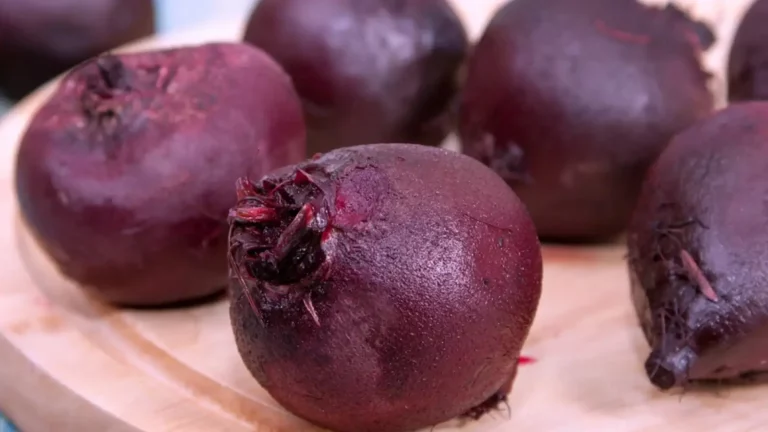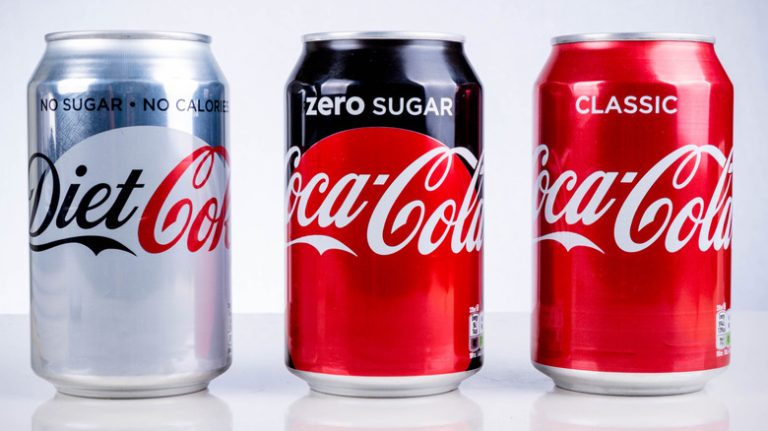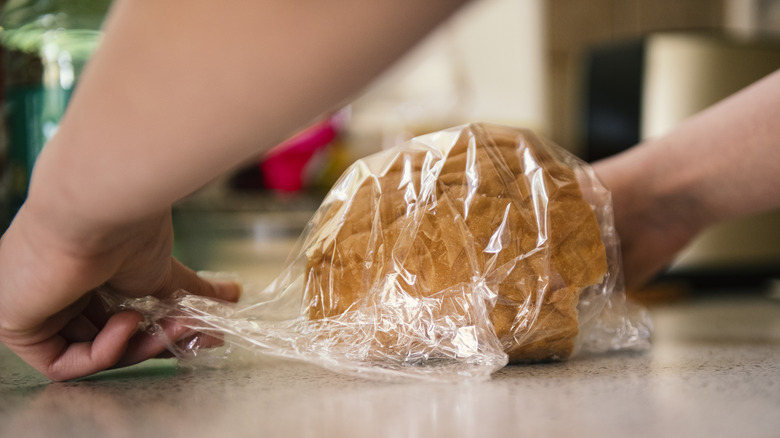
While some items in our kitchen have a shelf life of merely days, others seem to last indefinitely (canned goods, we’re looking at you, canned goods). Regrettably, bread is not one of these everlasting items. So, how long can we hold on to a loaf of bread before it becomes a health risk?
According to experts at Healthline, bread stored in your pantry can last around three days to a week. Beyond this period, unsightly mold spots may start to appear. Breads with a longer shelf life typically include store-bought bread, often made with preservatives like potassium sorbate and sorbic acid. Breads without preservatives tend to fall on the shorter end of the shelf-life spectrum.
Three days isn’t much time to finish a whole loaf of bread – but nobody wants to squander food. So, is it still safe to consume bread once the expiration date has passed?
Best if used by and expired are not the same thing
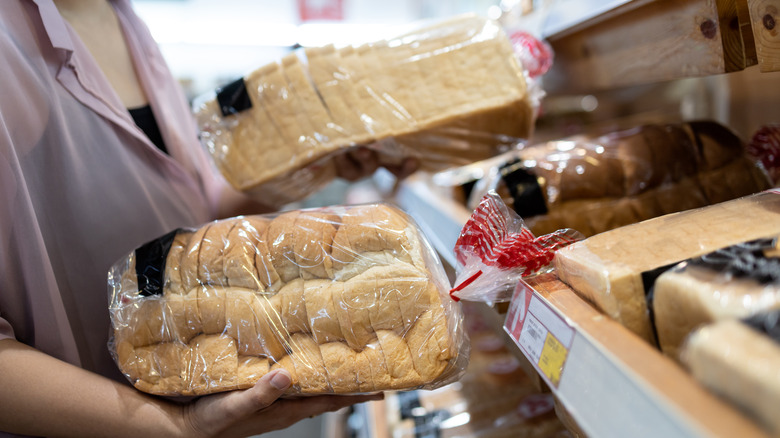
First, let’s differentiate between expired and the types of labels you might find on your bread packaging, such as “best-if-used-by” or “sell-by” dates. The U.S. Department of Agriculture Food Safety and Inspection Service states that these dates do not indicate that the product is no longer safe to consume. Instead, they reflect a product’s peak quality or are simply used for inventory purposes. The agency advises that while foods can be eaten beyond their best-if-used-by or sell-by dates, they should not be consumed once spoilage signs appear, such as mold on bread.
Mold thrives in moisture. Combine this with time and warmer temperatures, and a loaf of bread can become a breeding ground for harmful mold. For instance, gluten-free bread, often made with fewer preservatives, tends to be more moist, increasing mold growth chances. While not all mold is dangerous, bread that has become stale, moldy, or has an unusual taste or odor should be discarded.
How to get the most out of your bread
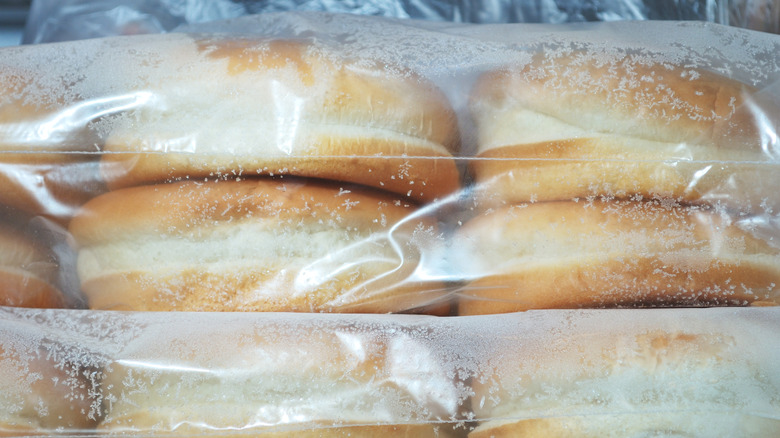
Fortunately, there are strategies to help prolong the freshness of our bread. One approach is to choose breads that naturally last longer. Chef Jennifer Hill Booker in Atlanta shared with Insider that these include breads with more fat, such as challah, which acts as a natural preservative. Similarly, breads made with almond flour contain more fat, extending their shelf life compared to those made with all-purpose flour.
How we store bread also matters. Use a breadbox, sealable plastic bag, or glass-top container, and keep your bread in a cool place. Essentially, avoid storing it on top of the fridge, as Hill warns, “It’s so warm up there that any trapped moisture in the container or bag will encourage mold growth.” Lastly, consider freezing any leftover portions of your loaf. This can preserve leaner breads for up to three months and more dense breads for as long as six months.



